|
|
|
|
 |
| The Veil Nebula |
|
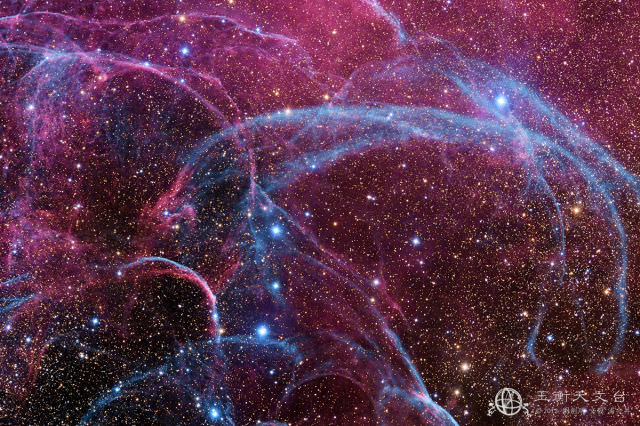 |
| Filaments of the Vela Supernova Remnant – This was caused by an explosion about 11 thousand years ago, and to this day we see these strange points of light. |
|
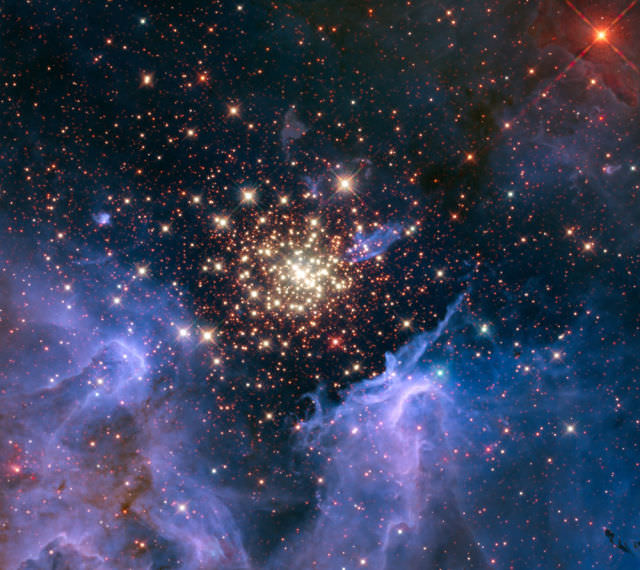 |
| This cluster of orange lights is a nebula located about 20,000 light-years away, deep within the constellation Carina, and contains a central cluster of huge, very hot stars, which create these points of light, and called NGC 3603. |
|
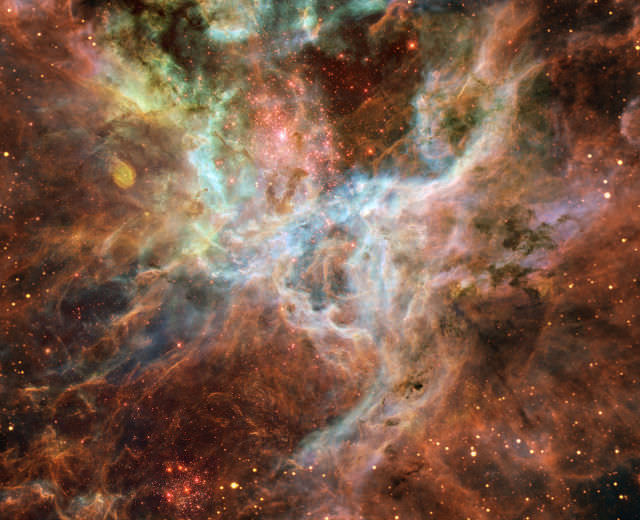 |
| You will find the Tarantula nebula more than 170,000 light-years away, nestled within the Large Magellanic Cloud, which can be seen in the Southern sky. Just above the centre of this image there is a huge cluster of very hot stars called R136. These stars are among the most massive stars we know. |
|
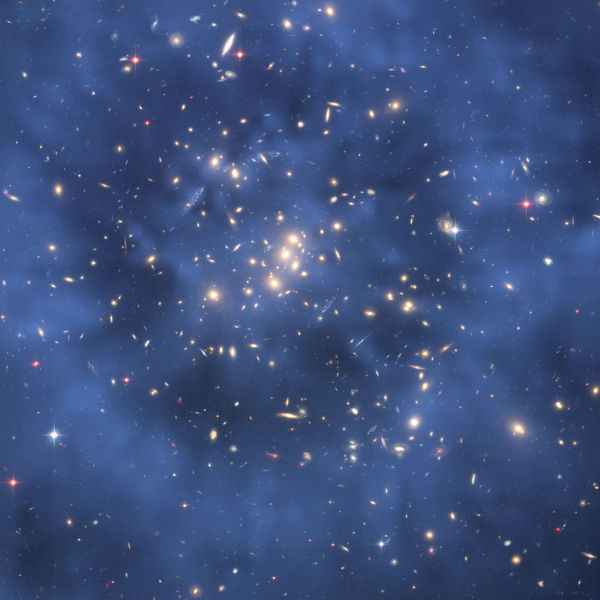 |
| A few years ago, astronomers used the Hubble Telescope to discover that long ago, there was a huge collision between two huge galaxies. The evidence of that collision is a huge ring of dark matter, and is also considered one of the best indications of the existence of this matter. |
|
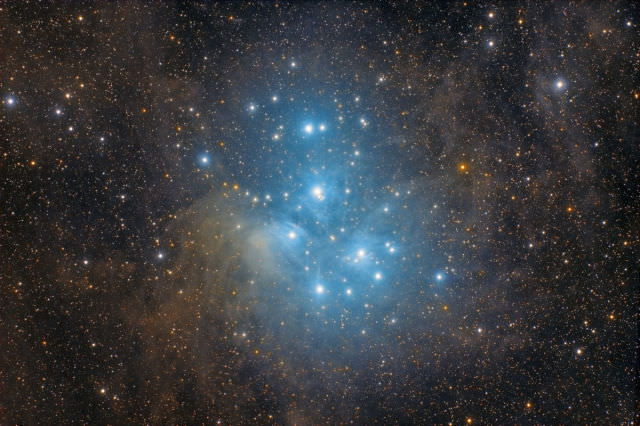 |
| The Pleiades Star Cluster. |
|
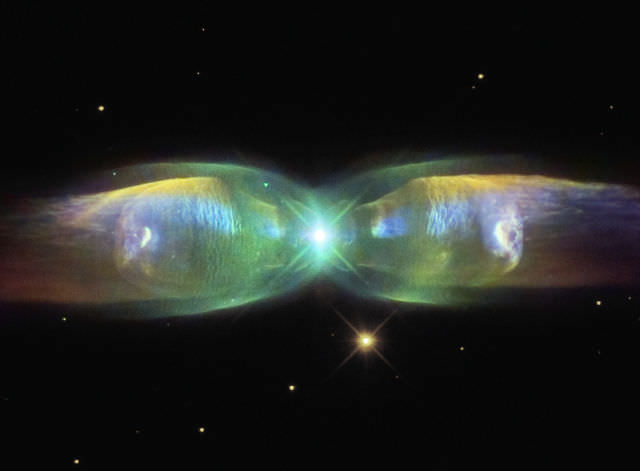 |
| Wings of a Butterfly Nebula (also known as M2-9)— in the photo, two stars can be seen orbiting inside a huge gaseous disk 10 times the orbit of Pluto. These stars are actually the expelled envelopes of a dying sun, which slowly broke away from the disk to create this bi-polar image. |
|
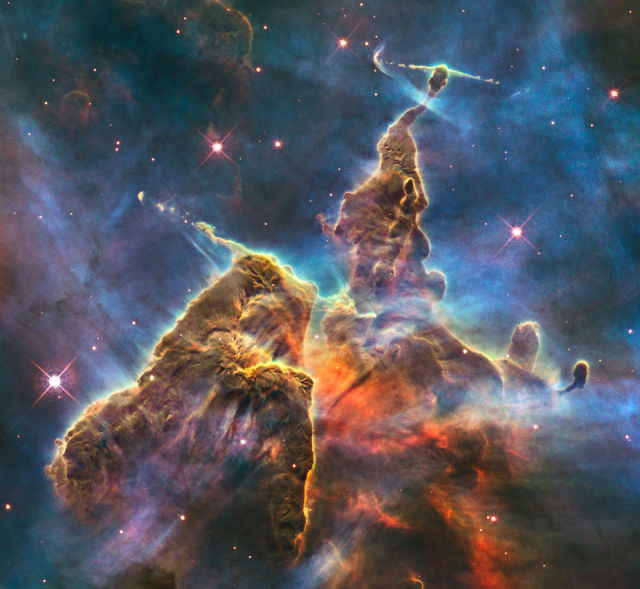 |
| “Mystic Mountain” in the Carina Nebula taken by the Hubble Space Telescope |
|
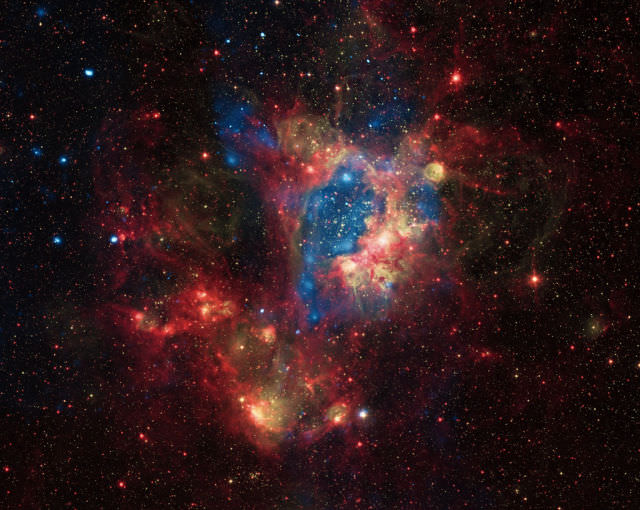 |
| A superbubble in the Large Magellanic Cloud |
|
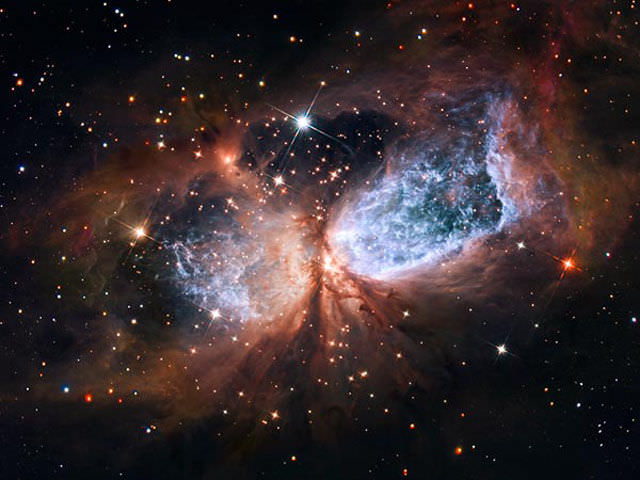 |
| Rebel Angel taken by Hubble Space Telescope |
|
 |
| Supernova Remnant W49B |
|
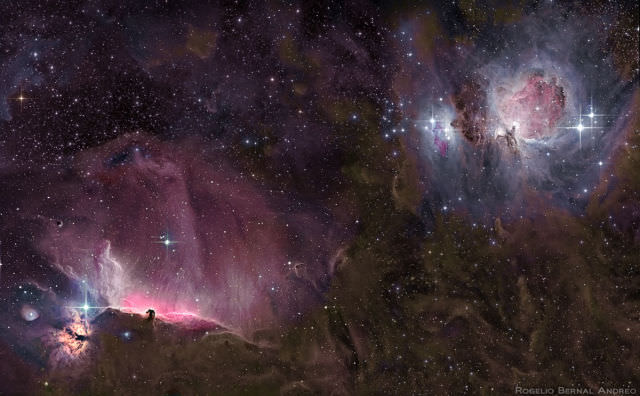 |
| Orion’s Belt |
|
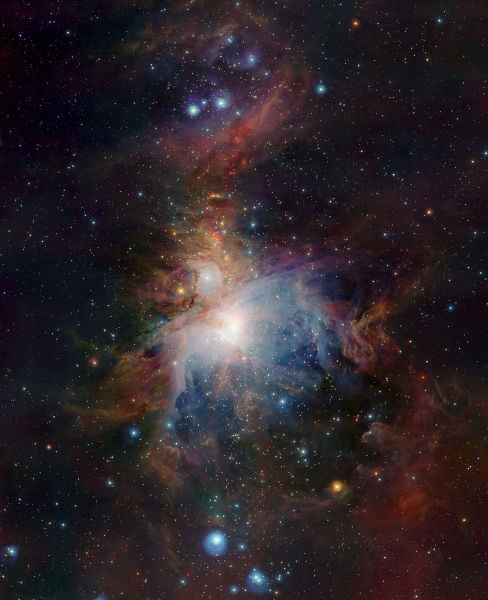 |
| Infrared view of the Orion Nebula, 1350 light-years away |
|
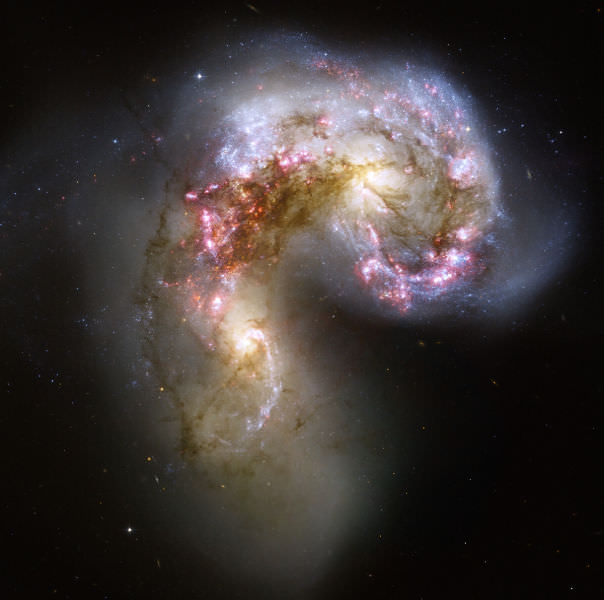 |
| These 2 galaxies are drawn to each by the combined force of their awesome gravity. Astronomers believe that they started this process hundreds of millions of years ago, and are the nearest and youngest examples of colliding galaxies. |
|
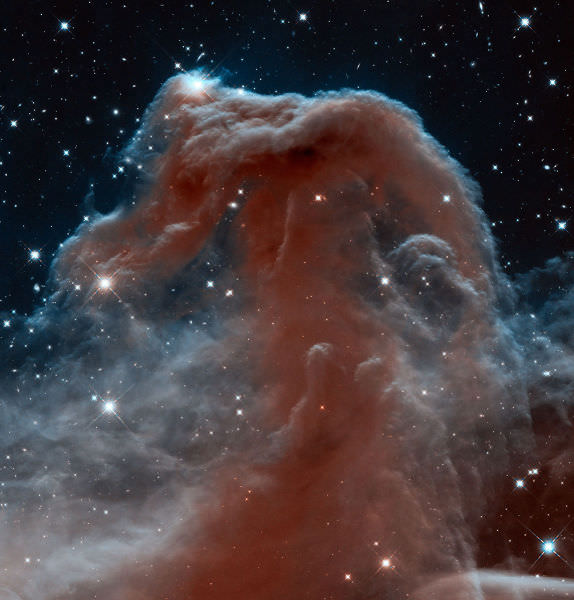 |
| An infrared view of the Horsehead Nebula |
|
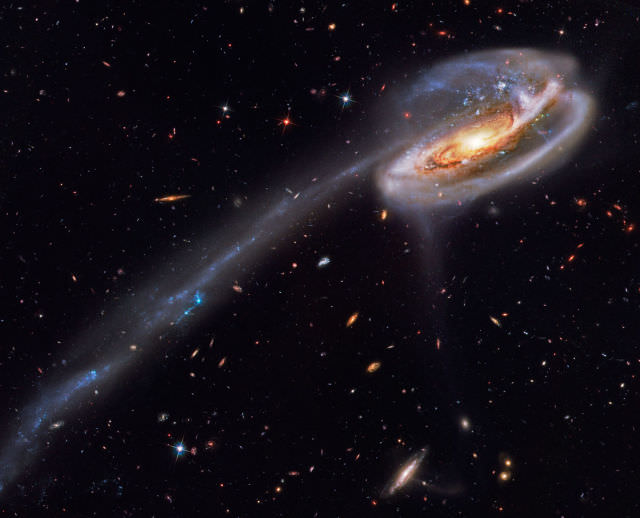 |
| The Tadpole Galaxy: “Its eye-catching tail is about 280 thousand light-years long and features massive, bright blue star clusters”. |
|
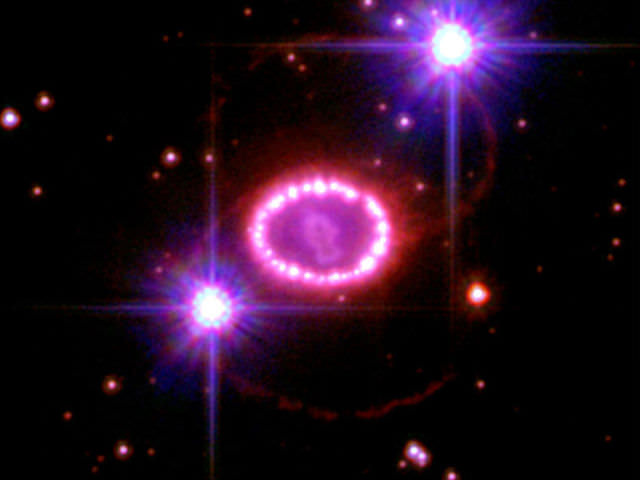 |
| Two decades ago, astronomers spotted one of the brightest exploding stars in more than 400 years. Since that first sighting, the doomed star, called Supernova 1987A, has continued to fascinate astronomers with its spectacular light show. |
|
 |
| A “supermassive” star, hundreds of times larger than our sun, surrounded by obscuring out flowing gas. |
|
 |
| Magnificent CME Erupts on the Sun August 31, 2012 |
|
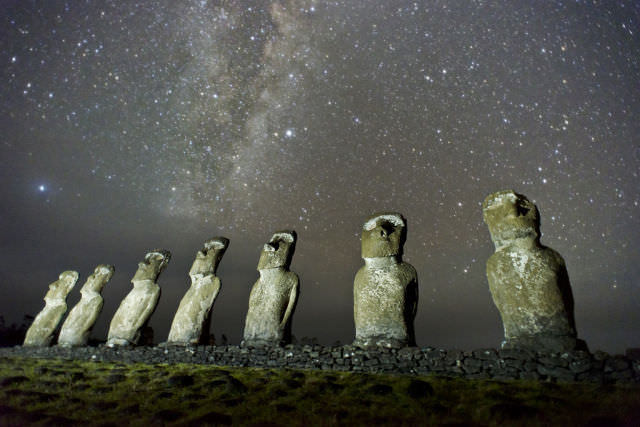 |
| Milky Way over Statues of Easter Island |
|
No comments:
Post a Comment